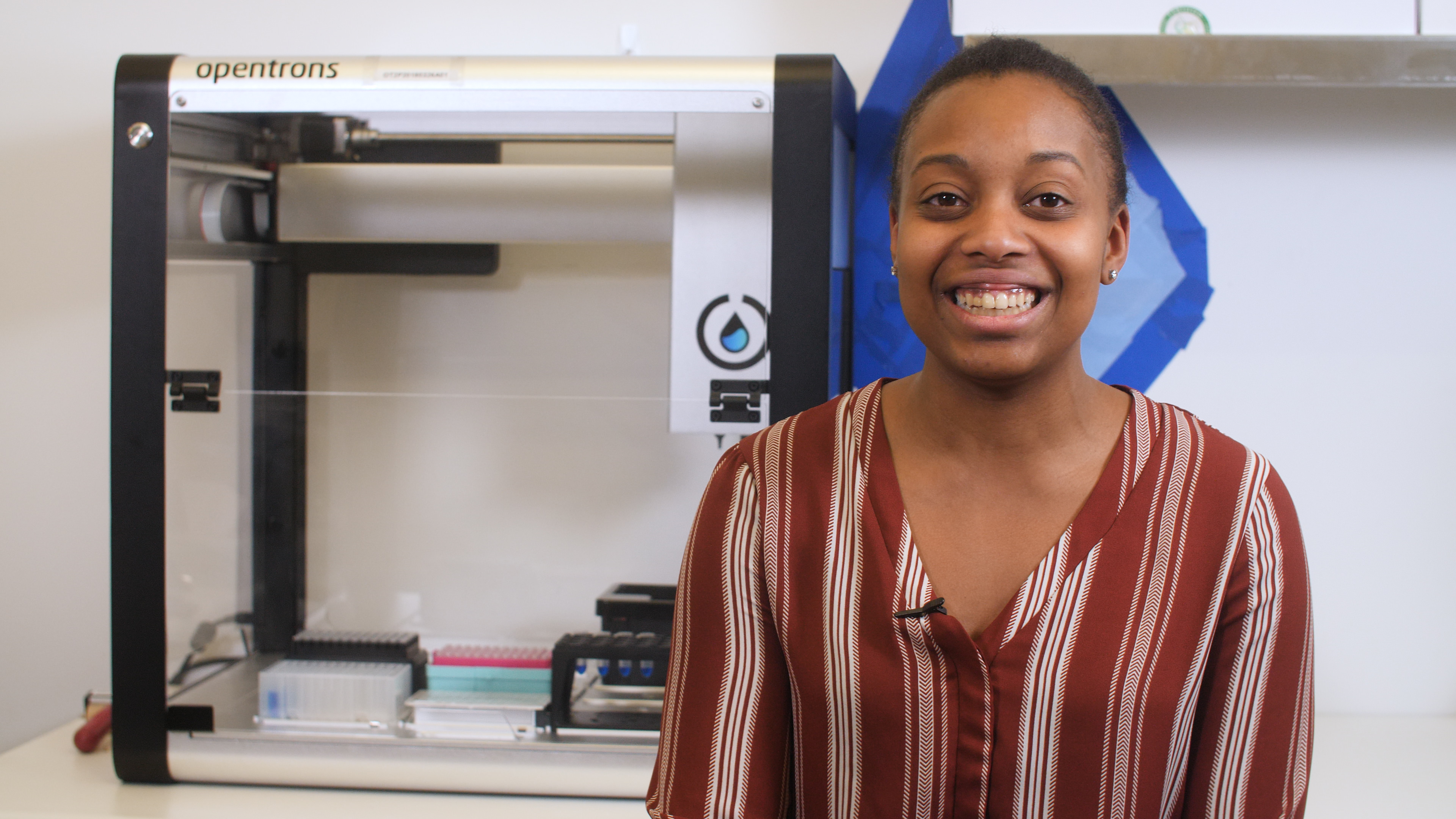
Automated PCR Prep

Overview
Automated preparation of PCR and qPCR reactions is the single most popular application on the Opentrons platform, needed and used by hundreds of biologists worldwide. This workhorse protocol provides valuable data, but requires repetitive and precise liquid-handling to set up—making it a perfect lab process to automate.
The most effective way to automate this process is for the OT-2 to combine samples and PCR mastermix in the reaction plate that will go into the thermocycler or qPCR machine. The mastermix should be prepared prior to this process, either by hand or by also using the OT-2 robot. More details on this process are below.
This workflow can be used for the following applications:
- Gene expression (qPCR)
- NGenotyping (detection)
- Amplification for cloning
- Medical, forensic, and applied sciences
Benefits
Automating PCR prep leads to several benefits, such as:
- Increased speed
- Maximum accuracy
- Increased data consistency, reliability
- Precise pipetting, with fewer steps
- Prep hundreds of samples in a single run
Workflow
PCR preparation on the OT-2 allows for a simplified workstream that can accommodate low and high throughput PCR experiments. Examples of precise, high yield PCR experiments are shown in the technical note below, along with important parameters for efficiently adapting PCR experiments on the OT-2. The most effective way to automate this process is for the OT-2 to combine samples and PCR mastermix in the reaction plate so they can go into your thermocycler or qPCR machine. The mastermix should be prepared prior to this process, either by hand or on the OT-2. More details on this process are below.
Instructions
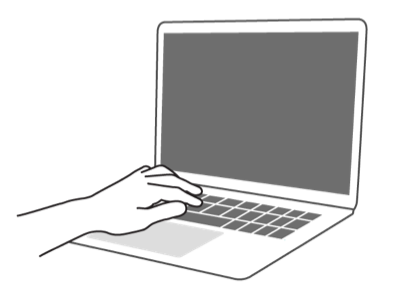
Design your protocol
Start from scratch with the Protocol Designer, or use a Protocol Library template
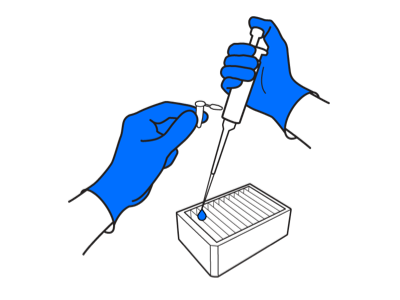
Place reagents onto robot
Put premade PCR mastermix on the robot—or have the OT-2 make it for you. Combine mastermix with forward and reverse primers.
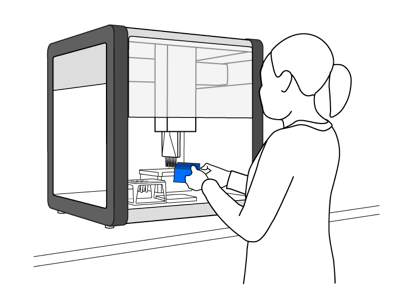
Calibrate & activate protocol
Confirm pipetting locations & hit "run" (takes < 5 minutes)
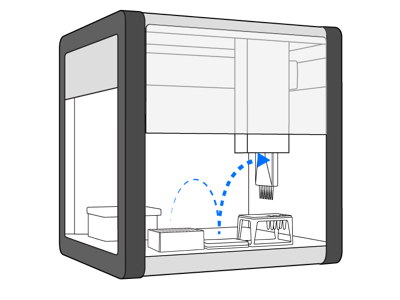
Load thermocycler & run
After the OT-2 has prepped all your reactions, just run your PCR machine
Verification
This application has been fully tested and scientifically verified by Opentrons.
Application Data
The Opentrons Thermocycler is capable of achieving uniform PCR products across 96 wells. This is highly competitive with other thermocyclers on the market, with a CV of only 10.1% (Table 1) compared to the average of 10.3% observed across many competitor thermocyclers (1). This well-to-well uniformity is essential for researchers to be able to compare results from different experiments and samples in wells throughout the Opentrons Thermocycler.
| Thermocycler Model | Volume | CV (%) |
|---|---|---|
| Opentrons | 25 μL | 10.1 |
| Opentrons | 10 μL | 15.2 |
| Opentrons | 50 μL | 11.5 |
| Company B | 10 μL | 14.9 |
| Company B | 100 μL | 15.1 |
| Company T | 10 μL | 22 |
| Company T | 100 μL | 21.6 |
Opentrons Materials
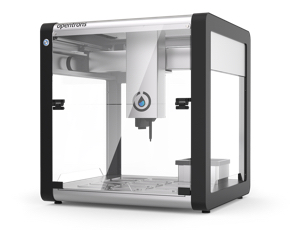
OT-2 Liquid Handling Robot
Starting at $5000.00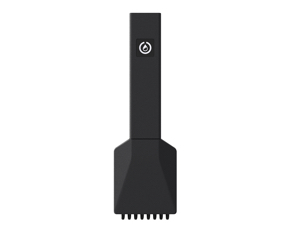
8-Channel Pipette
$1500.00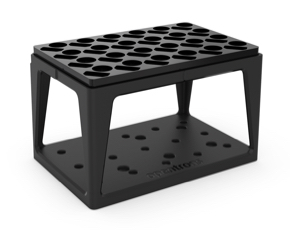
4-in-1 Tube Rack Set
$200.00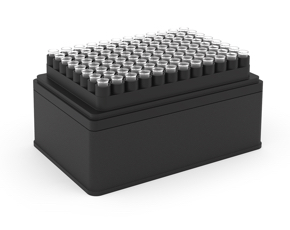
300 µL Tip Rack (incl. 9,600 tips)
$500.00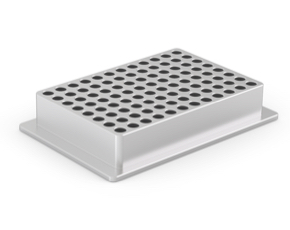
96-Well Aluminum Block
$500.00Thermocycler Module
$4000.00Additional Materials
- Eppendorf 2-mL microcentrifuge tube
- USAScientific 8-tube PCR strip
- NEB Lambda DNA
- Forward & Reverse Primers
- Corning Molecular Biology Grade Water
- abm 2X PCR HotStart Mastermix
- BioGene Thermal Cycler
Notes
Reagents
The use of mastermixes that contain many components of PCR, including polymerase, dNTPs and buffer, reduce the run time and pipetting steps. A ‘super-mastermix’ that includes the mastermix along with the forward and reverse primers minimizes pipetting steps, requiring only one tip per sample. We recommend this streamlined approach for setting up PCR on the OT-2. Samples in PCR strips and 96-well PCR plates can be in a pre-cooled aluminum block. Reagents can be kept at 4ºC on the Temperature Module while running the protocol on the OT-2.
Labware
The OT-2 supports various labware for PCR. We recommend full skirted 96-well PCR plates for easy and secure placement on the deck. Due to the variety of dimensions across PCR plates we encourage users to find a labware definition that closely matches the labware you already have. In addition, several examples of PCR labware defined in our software are illustrated in Figure 1. Alternatively, the ‘labware.create’ command can be used to input the exact dimensions of your PCR plate. Refer to the Labware Library for more details about supported and custom labware on the OT-2.
Pipettes
The p10, p50 and p300 pipettes in single and multi-channel formats can accommodate total reaction volumes of PCR experiments from 10 to 200 μL. For more information on our pipettes and pipetting volumes as low as 1 μL refer to our OT-2 Pipette White Paper.
Our Community
Explore how other labs automate with the OT-2

science on a budget
“I’ve done I don’t know how many hundreds of minipreps in my life. I don’t want to do another 3,000.”
Nick Emery
DAMP Labs of Boston University

flexibility in hacking
“There’s two reasons we chose Opentrons: it’s affordable and we can develop open-source software for it.”
Keoni Gandall
Free Genes Project

sample management
"There’s days we have Opentrons transfer 800 samples. I would never be able to do as many samples by hand."
Kaja Wasik
Gencove